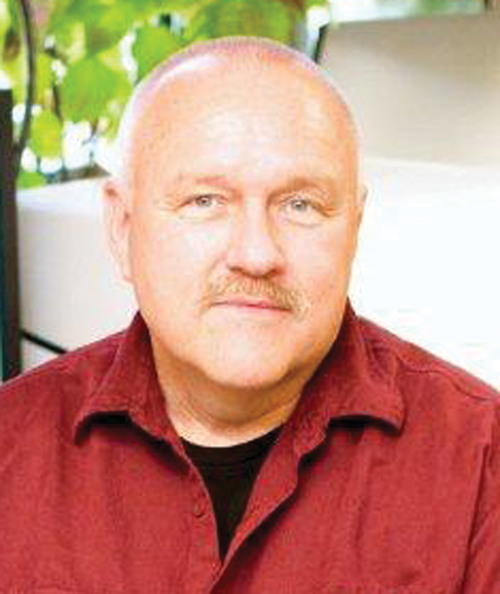Many years ago, as the Program Chair for the M&M 2005 meeting in Hawaii, I was given the task of organizing an international meeting representative of the participating Pacific Rim microscopy societies. In working with a diverse group of scientists from the Microscopy Society of America (MSA), Microanalysis Society (MAS), International Metallographic Society (IMS), Australian Microscopy and Microanalysis Society (AMMS) and Australian Microbeam Analysis Society (AMAS), Microscopy Society of New Zealand, and the Committee of Asia Pacific Societies for Microscopy (CAPSM), I realized the importance of the expertise and wide range of applications all microscopy societies provide to the scientific community. Soon after my role as Program Chair ended, I became the Editor-in-Chief of Microscopy and Microanalysis (MaM) and continued the effort to improve international representation in MSA and our publications. (Note the differentiation of our meeting, M&M, and our journal, MaM.) John Mansfield, the current Editor-in-Chief of MaM, has continued these efforts for our peer-reviewed journal, and in my current role as the Editor-in-Chief of Microscopy Today (MTO), I have also reached out to many international authors and readers to further these efforts.
Recent data indicate that both MSA publications do indeed represent the international microscopy and microanalysis communities. In 2021, MaM received 408 manuscripts from 47 different countries, and corresponding authors of accepted manuscripts represented 44 different countries. An emphasis of our publisher, Cambridge University Press, is to make MaM fully open access so all scientists around the globe have access to papers in this leading microscopy and microanalysis journal.
In the past 3 years MTO has also significantly improved its international presence. In 2019, articles in MTO were accessed 102,519 times, with only 39% coming from the international community. In 2021, the access number nearly tripled to 294,970, with 60% of those coming from the international community. Much of the 2021 increase came from Europe with 105,671 and Asia with 57,414, but encouragingly, the access increased nearly 3-fold (1,507 to 4,255) from South America and 5-fold (874 to 4,301) from Africa. An article in this issue further addresses outreach efforts to Africa by the Association of Biomolecular Research Facilities (ABRF) Light Microscopy Research Group. We hope to continue these efforts so that all scientists around the globe have full access to MSA events and its publications.



